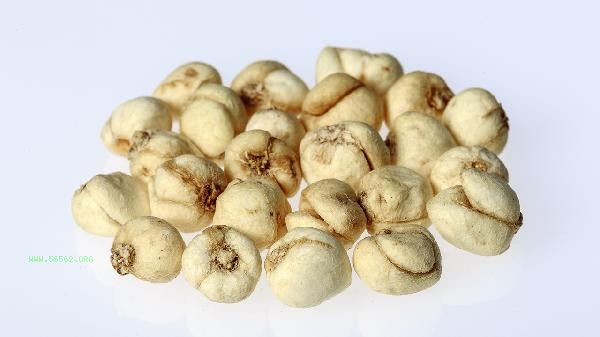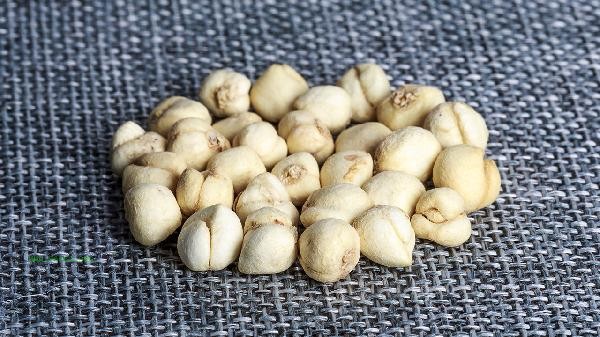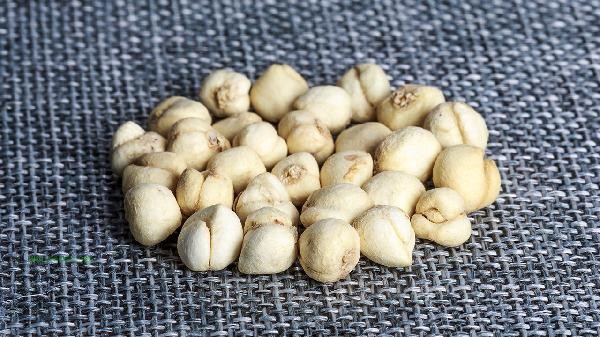Chuanbei and Fritillaria are not exactly the same, Chuanbei is a specific variety of Fritillaria. Fritillaria is a general term for plants in the Liliaceae family, including various varieties such as Fritillaria, Fritillaria, Fritillaria, and Fritillaria. Chuanbeimu specifically refers to the variety of beimu produced in Sichuan, Yunnan and other places, and is emphasized separately due to the advantages of local production areas. Different varieties of Fritillaria have differences in efficacy and application. Sichuan Fritillaria is better at moistening the lungs and relieving cough, while Zhejiang Fritillaria is better at clearing heat and dispersing nodules.

Sichuan Fritillaria is mainly produced in high-altitude areas of Aba, Garze, and northwest Yunnan. The dry bulb is conical in shape, with a white surface. The outer scale leaves have two large petals, with the large petal tightly embracing the small petal, commonly known as embracing the moon in the arms. Its nature is slightly cold with a sweet and bitter taste, and it belongs to the lung meridian. It has the effects of clearing heat, moistening the lungs, resolving phlegm, and stopping cough, especially suitable for symptoms of yin deficiency, dry cough, or long-term cough with little phlegm. It is traditionally believed that the mother material of Sichuan shellfish is solid and the section is fine. It is often used in combination with snow pear and honey for cough due to lung heat.

Fritillaria, as a major category, includes multiple regional varieties. Zhejiang Fritillaria is mainly produced in Xiangshan, Zhejiang. Its bulbs are large and flattened, with a bitter and cold taste. It focuses more on clearing lung heat, detoxifying and dispersing nodules, and is often used for wind heat cough or scrofula phlegm nuclei. Pingbei mother is produced in the Northeast region, with efficacy between Sichuan and Zhejiang oysters. Yi Beimu is produced in Xinjiang, with a similar appearance to Zhejiang Beimu but larger in size. Different varieties have different ratios of active ingredients due to differences in growth environments. For example, Fritillaria thunbergii has a higher content of alkaloids, while Fritillaria thunbergii is rich in steroidal compounds.

When using Fritillaria medicinal materials, attention should be paid to differential diagnosis and treatment. Sichuan Fritillaria should not be used alone for wind cold cough, and Zhejiang Fritillaria should be used with caution for those with excessive phlegm and dampness. Chuanbei is relatively expensive, and there is a possibility of using small Pingbei to impersonate it. When purchasing, it is necessary to identify the characteristics of the product. Beimu should not be used together with Aconitum, and for those with spleen and stomach deficiency and cold, it should be combined with spleen strengthening drugs. It is recommended to choose appropriate varieties under the guidance of a traditional Chinese medicine practitioner to avoid mixing different types of Fritillaria with different functions.








Comments (0)
Leave a Comment
No comments yet
Be the first to share your thoughts!